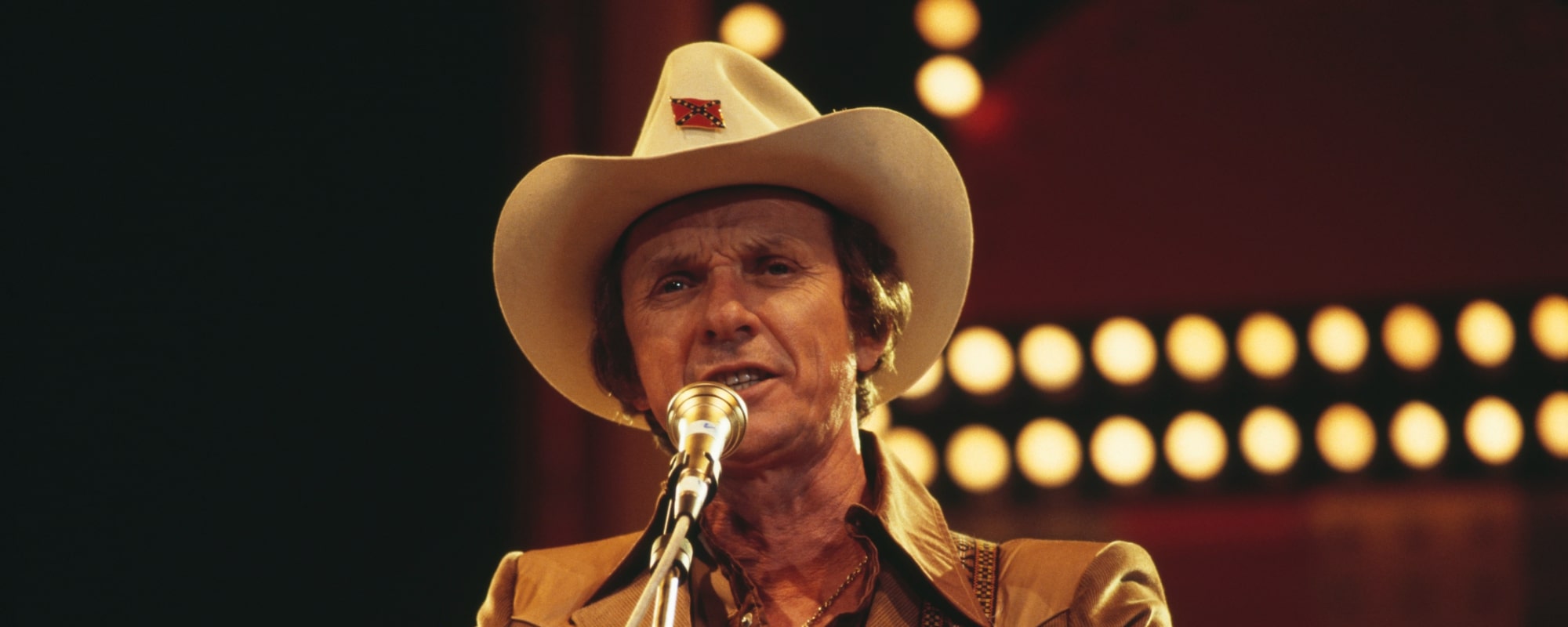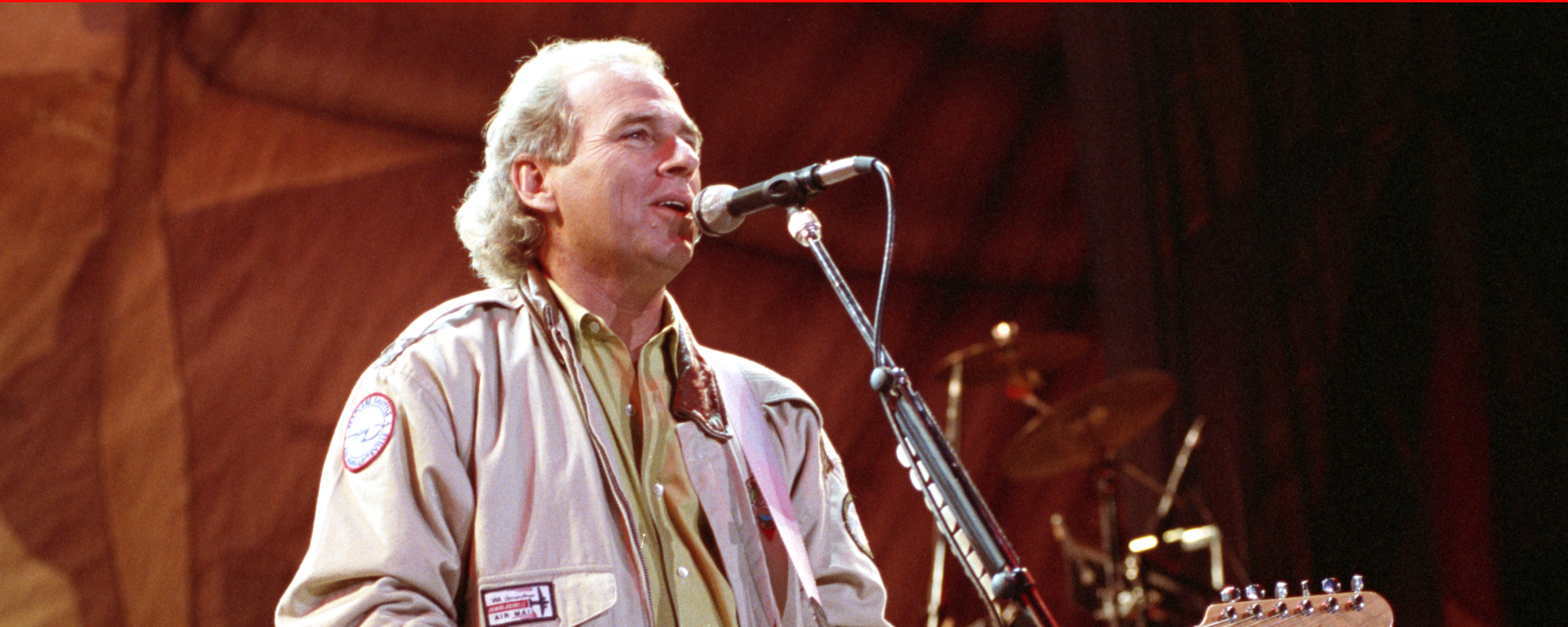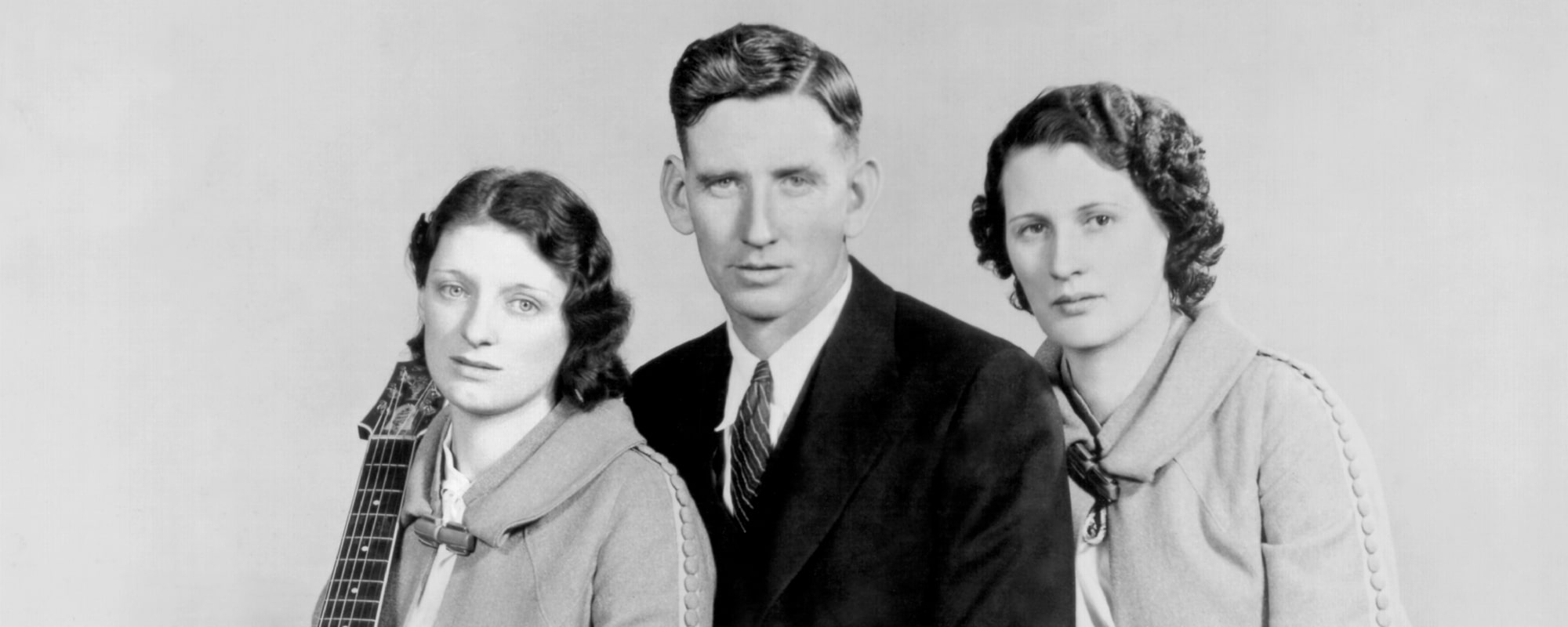Few things can span social and geographical divides quite like music, as Chet Atkins expertly demonstrated with the final song of his 1982 Austin City Limits performance: “Yankee Doodle Dixie.” The short ditty is not only an impressive testament to Atkins’ ability to play the guitar like a piano, with a steady bass rhythm on the low strings and an entirely different melody in the treble.
Videos by American Songwriter
If you think about it, “Yankee Doodle Dixie” is also a pretty genius way to address, remedy, and dissolve tensions between the North and South that Atkins undoubtedly witnessed playing music south of the Mason-Dixon Line in the 1940s. But the music is so good, most people don’t even notice.
Chet Atkins Performs “Yankee Doodle Dixie” On Austin City Limits
Chet Atkins is one of the most prolific guitarists of the midcentury Nashville country scene, combining elements of jazz and bluegrass to make his guitar sing in a way that most people could only accomplish with two instruments. Most of the time, Atkins held a bassline down with a thumb pick on the low strings while the rest of his fingers plucked out a melody on the high strings. The parts were separate, but the song itself was the same.
But after reading about a pianist in the 1930s who could play two different songs on either hand, Atkins set out to learn how to do the same thing on the guitar. Choosing two American folk melodies, Atkins opted for “Yankee Doodle,” the de facto anthem for the Union, and “Dixie,” for the Confederacy. “Time is short,” Atkins begins. “So, I’m going to do something here that will save some time.” The country icon name-dropped a Printer’s Alley guitarist, Ronnie Prophet, who did the same thing in his live performances while always giving Atkins his credit. (Prophet, for his part, added another song to the arrangement, singing “Silent Night” over the dual-song guitar part.)
Atkins begins the short and sweet song, and sure enough, he delivers on his promise. As his thumb plucked out the fairly repetitive “Yankee Doodle,” his fingers stretched across the fretboard to play the bouncier “Dixie.” He hits a sharp note toward the end of the “Dixie” melody and, making a funny face, makes the same mistake twice—a bit of tongue-in-cheek guitar advice he once told Dire Straits frontman Mark Knopfler.
An Inspiration In More Ways Than One
When Chet Atkins began playing “Yankee Doodle Dixie” in the 1930s, race tensions were still incredibly high, especially in the South. At that time, the Civil War was as recent in memory to the United States as the Vietnam War is to us now. While Atkins never explicitly said that he chose those two songs as a political statement, the reality of his actions was not likely lost on him. Combining the de facto anthems of the Union and Confederacy effectively forced the listeners to see what could happen when the two worked together instead of against one another.
And from a far less social standpoint, Atkins’ ability to combine two songs into one is just plain inspiring as a guitarist. This unique style of playing influenced Ronnie Prophet, of course. But it also bled over into other genres, inspiring the Eagles’ guitarist Don Felder to start playing his instrument in stereo. Not bad for a song that’s under two minutes.
Photo by David Redfern/Redferns









Leave a Reply
Only members can comment. Become a member. Already a member? Log in.